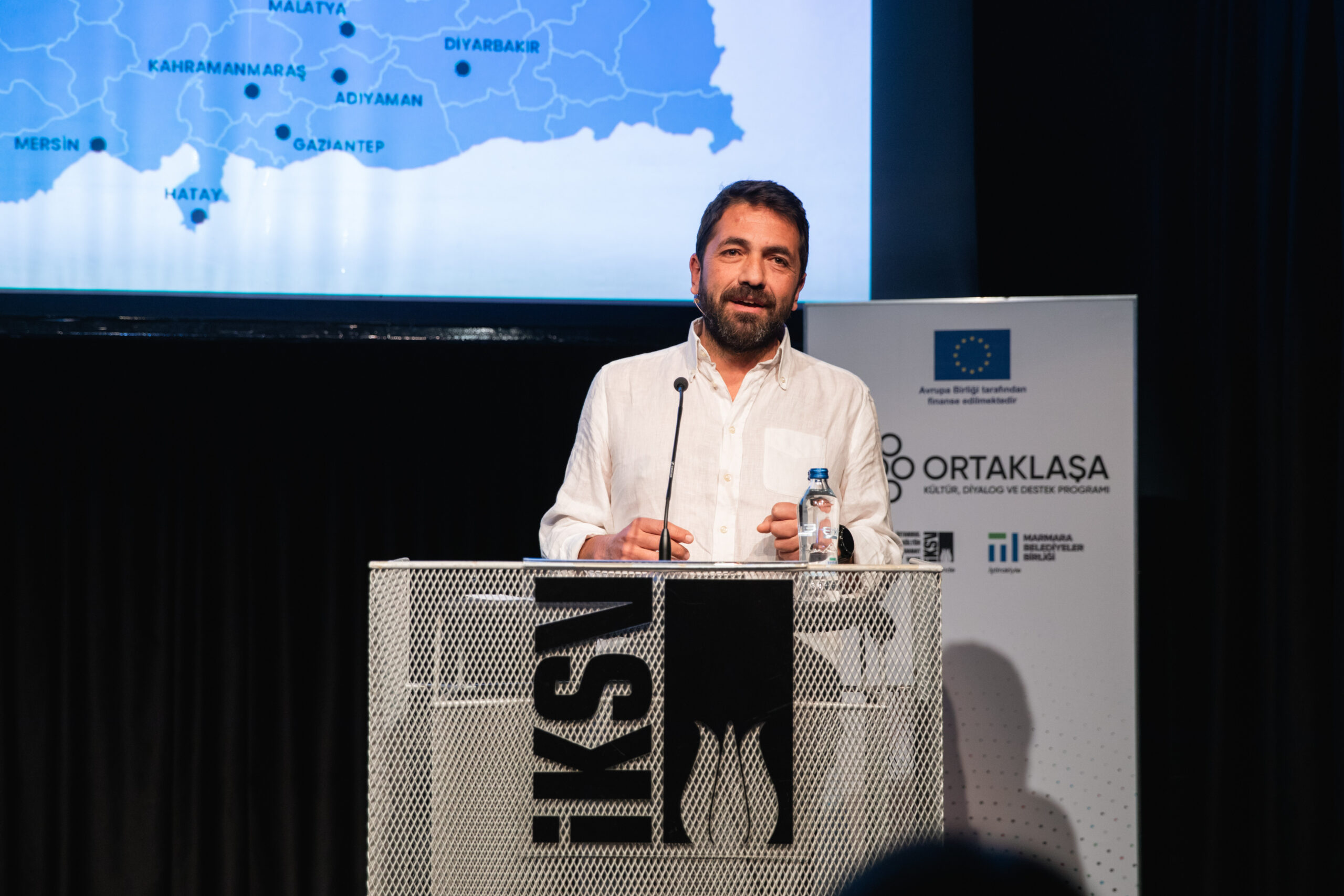After nearly 65 years since the commencement of the first archaeological excavations in Abu Dhabi, recent discoveries on Sas Al Nakhl Island, also known as Umm an-Nar, underscore the emirate’s pivotal role in regional and global trade during the Bronze Age. The excavations bring to light the resilience and ingenuity of Bronze Age societies in the region.
Among the notable findings are fragments of bitumen sourced from ancient Mesopotamia (modern-day Iraq), employed for waterproofing pottery, and a clay-lined storage pit. One fragment, displaying wood impressions and two pieces of rope, is believed to be part of a Bronze Age boat.
While Umm an-Nar has been renowned for its monumental Bronze Age cemeteries, these recent discoveries indicate that it also served as a thriving port with significant international importance from approximately 2800-2200 BCE. Historical evidence points to trade connections with Mesopotamia and the Indus Valley (modern-day Pakistan and India).
The excavation uncovered 30,000 well-preserved bones, shedding light on the Bronze Age diet consisting of fish, seabirds, and dugongs (sea cows). Concentrations of large animal bones around a circular fireplace hint at communal or ceremonial activities, with some bones repurposed into objects like spatulas and spindles.
The findings emphasize the recurring theme of ancient civilizations in Abu Dhabi, showcasing their careful and innovative utilization of natural resources such as copper, pearls, plaster, and freshwater to facilitate international trade, sustain communities, and foster prosperity. Archaeologists believe that the discoveries related to the Umm an-Nar Bronze Age culture (2700-2000 B.C.) in the emirate represent only a fraction of what remains to be unearthed.







